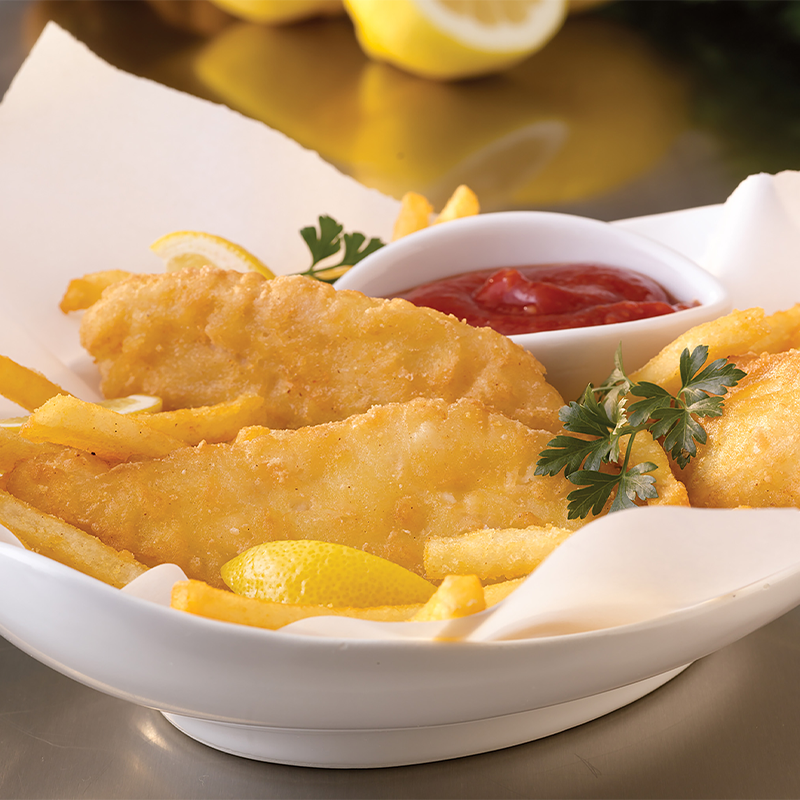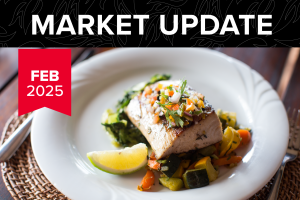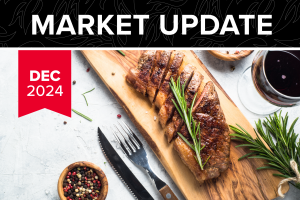Your monthly update on the state of the pork, poultry, beef, and seafood industries, direct from your Y. Hata category specialists.
Beef
With record low cattle inventories as we start the new year, we expect 2025 to be another challenging year for beef packers.
Higher cattle costs and reduced cattle slaughter numbers are putting pressure on beef companies to remain profitable amidst margin compression.
Cattle carcass weights are projected to increase slightly although not at the record levels of last year, which have helped to offset the reduced supply.
With cattle being on feed longer, grading for choice, premium, and prime should remain strong for the foreseeable future. Availability for lower grades such as select continues to be limited, which has led to higher prices.
-
Ground beef pricing will be increasing due to rising demand and the high cost of lean trim & end cuts used as grind material.
- With middle meats under pressure from peak holiday prices, ribeye & tenderloin pricing will be decreasing significantly over the next few weeks. However, the new low pricing levels will be higher than this time last year.
- Striploin pricing will be increasing as retailers have started to secure inventory for their spring grilling season ads.
-
Chuck flat pricing, which increased slightly in January will be increasing again in February due to strong demand for end cuts.
-
Chuck Roll pricing will be increasing as the entire chuck complex has seen strong demand from retailers booking products for future ads and processors using end cuts for their grind supplies.
-
Sliced beef short rib pricing continues to remain at elevated levels due to limited availability of raw material.
-
Oxtail prices have remained steady despite the challenging beef market.
Despite high beef prices and inflationary pressure, beef demand remains strong amongst consumers.
For 2025 we should expect price volatility as uncertainty remains over how tight supplies and high prices will affect consumer demand.
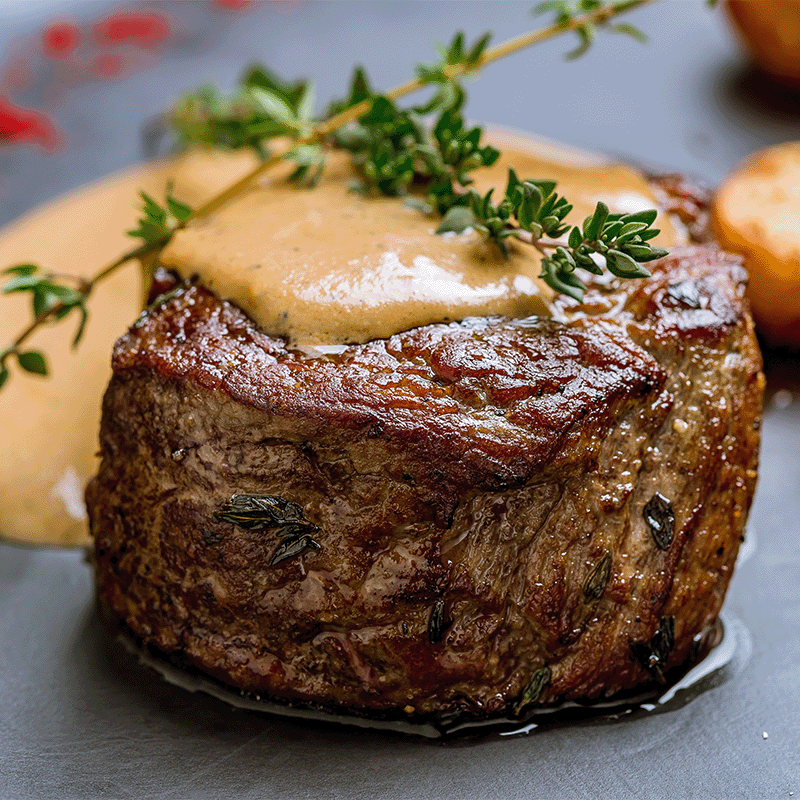
Poultry
Prices are stable as there remains adequate supply to support overall demand.Prices are steady as packers increased production to support higher demand.The HPAI bird flu remains top of mind for poultry producers as positive cases surged in the fall and have carried over to the new year.
Another area to monitor is the potential impact of tariffs as President-Elect Donald Trump commented that he would implement tariffs on imported goods from key trading partners in Canada, Mexico, and China.
Despite these disease and trade restriction issues, overall demand for all chicken parts remains strong and consistent.
- Bone-In Thighs – Availability for BI Thighs continues to be limited as retailers continue to feature poultry heavily.
- Boneless Skinless Thighs – Prices are steady as packers increased production to support higher demand.
- Leg Meat
-
– Chicken leg meat pricing has increased slightly due to strong domestic demand.
- Breast Meat – Breast meat prices remain elevated as demand has been unseasonably strong.
- Wings –Wing demand remains robust. However, prices are trending downward for January with the football season nearing an end.
- Turkey – Prices are stable as there remains adequate supply to support overall demand.
Poultry Outlook – With high beef prices, poultry demand and production are poised to increase for 2025 as chicken is favorably positioned as an affordable protein option for consumers seeking value.
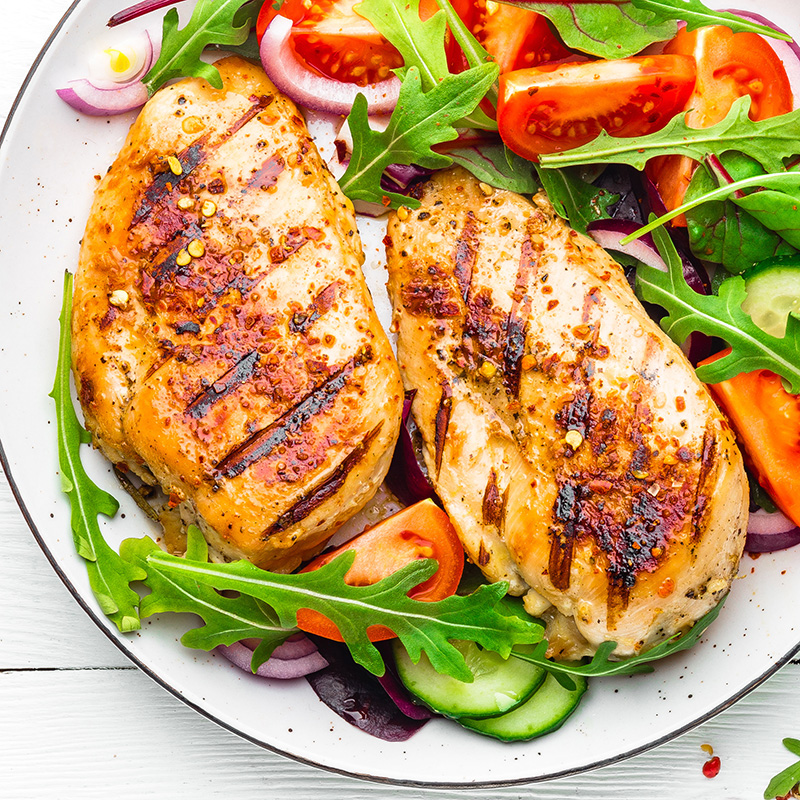
Pork
Despite strong export and domestic demand, there remains a more than adequate inventory of hogs in the supply chain.
With the EU (European Union) not producing excess pork for export due to burdensome regulatory requirements, the U.S. has filled the void to other export markets.
In comparison to higher priced beef, pork continues to be the most stable protein in terms of pricing and supply.
- Butts – Boneless butt prices remain stable, supported by steady export bookings to Japan and South Korea.
- Hams – Ham demand during the holidays drove profitability in the pork cutout for packers, but lower seasonal demand has put prices under pressure.
- Back Ribs – Rib prices remain steady despite retailers featuring ribs more prominently in their ads.
- Bellies – Belly demand remains strong as bacon & bellies are being featured heavily in the retail and foodservice segments.
Pork Outlook – Similar to poultry, the potential impact of tariffs is an area of concern as Mexico is one of the top importers of U.S. pork. Should Mexico reduce imports that would create excess inventory that would need to be sold domestically.
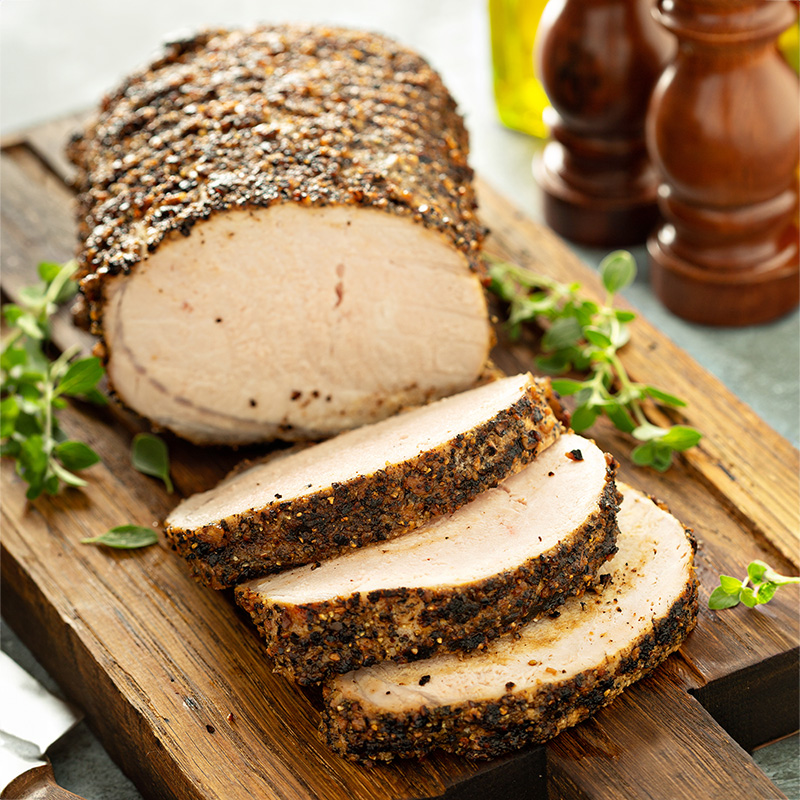
Seafood
Snow Crab (Opilio)
-
Prices continue to increase as supply is very limited.
-
The Canadian Season is scheduled to start March/April. Quotas may be reduced. .
-
Norwegian Snow Crab will be available in April.
Dungeness Crab
-
The Southeast Alaskan Season has been completed.
-
The Pacific Northwest is off to a slow start as of mid-December.
-
Chinese New Year (January 29th) will put pressure on supply.
-
Prices remain higher than the previous season
Vannmei White Shrimp (India)
-
Prices are increasing across all sizes.
-
Larger demand for shrimp during the holidays has also added pressure to pricing
-
Farms will start stocking in February, harvesting to begin in April.
Mahi Mahi
-
Peru is halfway through their season; their catch is down 40%
- Anticipate price increases across most cuts and sizes.
- Taiwan season will start in March/April 2025
